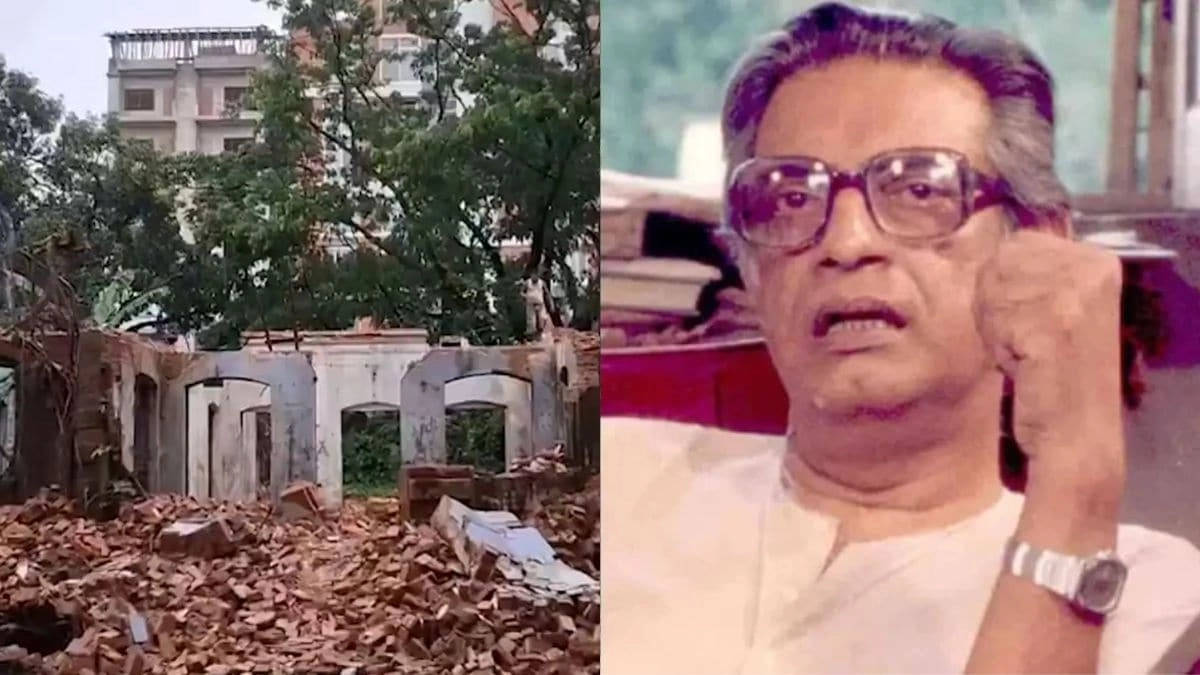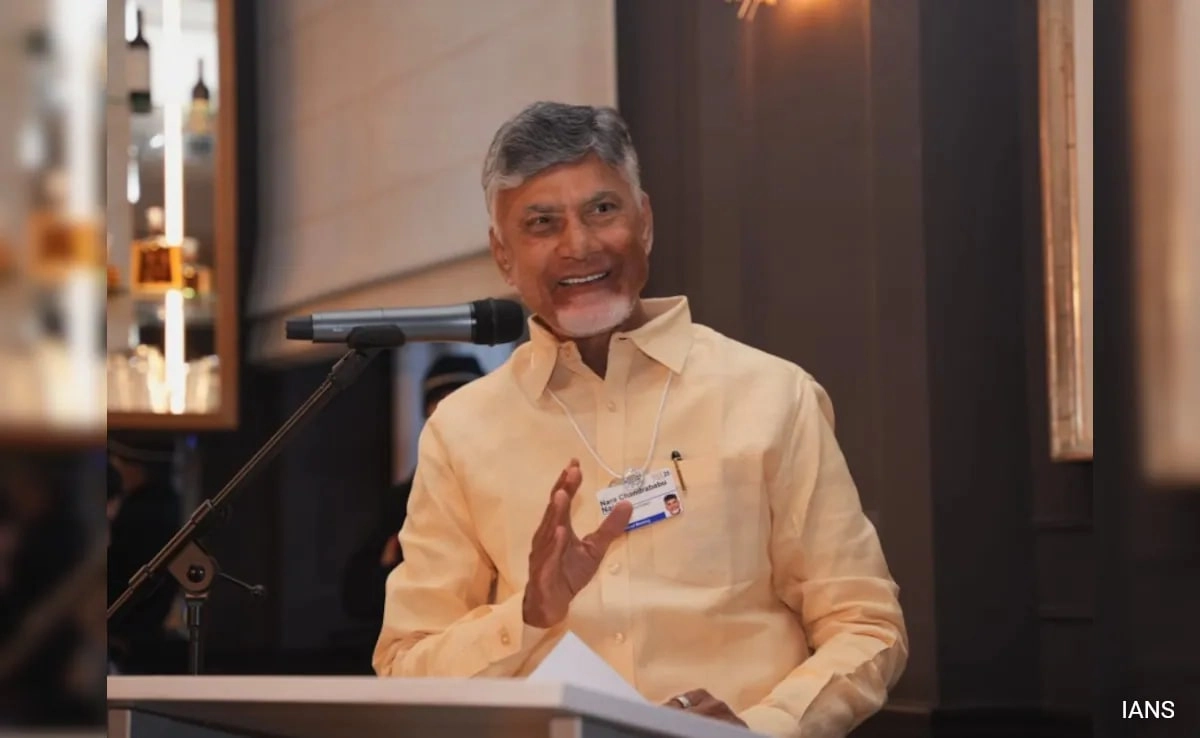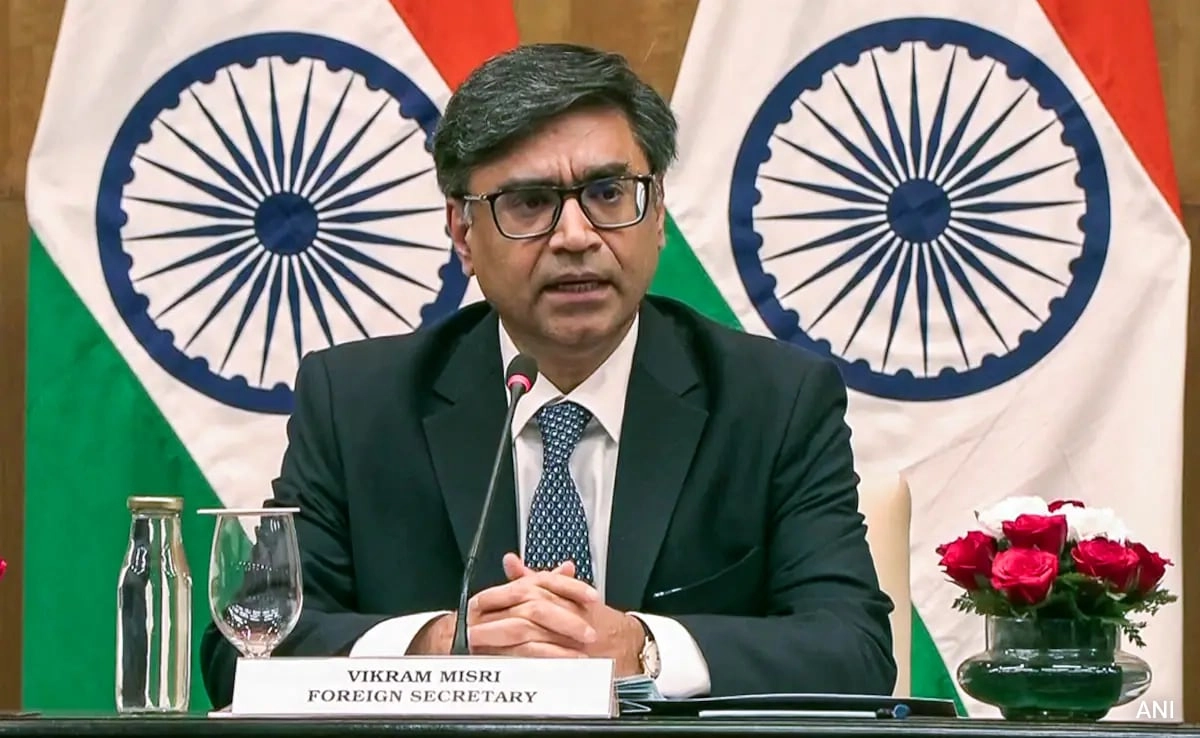The recent announcement regarding the demolition of a house in Bangladesh that was purportedly connected to the legendary filmmaker Satyajit Ray has stirred considerable controversy. The government clarified that the structure in question had never been linked to Ray, dismissing claims that it held any historical significance related to the renowned director. This clarification came amidst public outcry and media reports that suggested significant cultural heritage was at risk of being lost due to the demolition. The house, located in the Dhaka area, had been rumored to be associated with Ray’s early life and creative inspirations, but officials assert that these connections are unfounded.
Satyajit Ray, an iconic figure in Indian cinema, is celebrated for his unique storytelling and artistic vision. His works have transcended borders and continue to inspire filmmakers worldwide. The misconception regarding the house’s association with Ray highlights the importance of preserving cultural heritage and accurately documenting historical facts. The misunderstanding may have arisen from Ray’s influential role in the film industry, leading to speculation about various locations tied to his legacy. However, the government’s determination to set the record straight reflects a commitment to factual integrity and cultural preservation.
While the house itself may not have historical ties to Ray, its demolition raises essential questions about the preservation of sites that contribute to the collective memory of cultural figures. As urban development progresses in rapidly growing cities like Dhaka, the challenge lies in balancing modernization with the preservation of historical narratives. The incident serves as a reminder of the need for thorough research and documentation of cultural sites to prevent misinformation and safeguard the legacy of influential personalities.
As discussions continue about the implications of such demolitions, it becomes vital for communities to engage in dialogues about cultural preservation. Ensuring that significant historical sites are recognized and protected is crucial not only for honoring past generations but also for educating future ones. The case illustrates the critical role that accurate historical records play in shaping the cultural landscape, ensuring that the contributions of figures like Satyajit Ray are properly acknowledged and celebrated.




